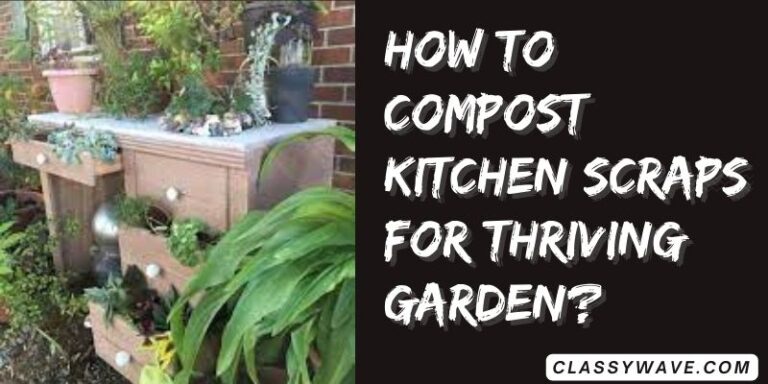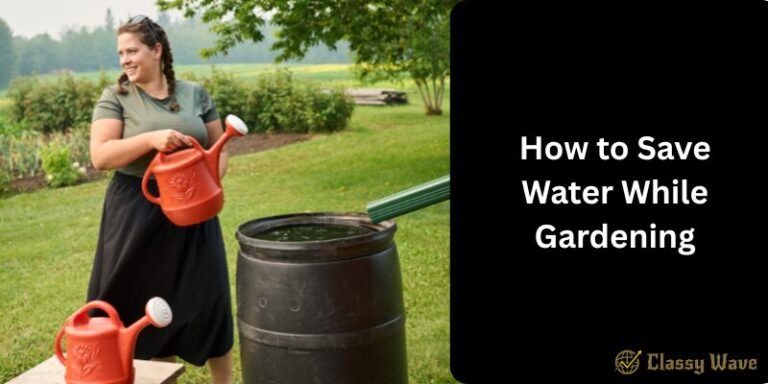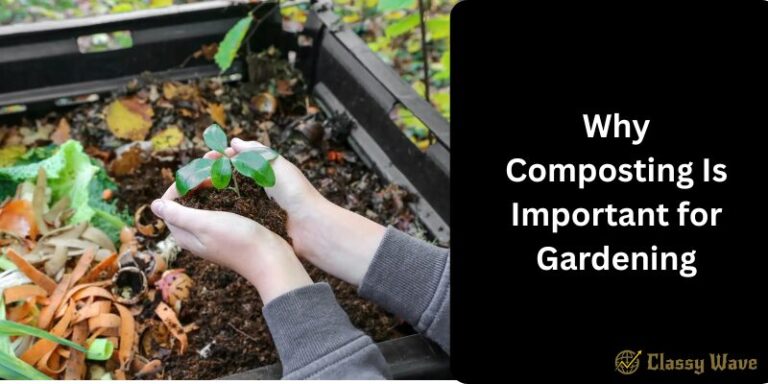What is Hydroponic Gardening and How Does It Work | Classy Wave
Have you ever wondered how people grow lush green plants without using soil? Welcome to the world of hydroponic gardening — a smart, efficient, and eco-friendly way to grow plants anywhere, anytime. Let’s explore what hydroponics is, how it works, and why it might be the future of gardening.
What is Hydroponic Gardening?
Hydroponic gardening is a method of growing plants without soil, using nutrient-rich water instead. In this system, the plant roots are directly exposed to water mixed with essential nutrients, which are absorbed more efficiently than through soil.
Simply put, it’s gardening made smarter — plants get exactly what they need, no more, no less.
How Does Hydroponic Gardening Work?
The core idea of hydroponics is to replace soil with a nutrient solution that delivers water, minerals, and oxygen directly to the roots. The plants are supported using materials like perlite, clay pebbles, coconut coir, or rock wool.
Here’s how it works step by step:
1. The Growing Medium
Instead of soil, hydroponics uses a growing medium to hold the plant’s roots in place. This medium doesn’t provide nutrients; it simply anchors the plant and allows water and oxygen to flow freely.
2. The Nutrient Solution
The nutrient solution is the heart of hydroponic gardening. It’s a water-based mix containing all essential minerals — like nitrogen, phosphorus, potassium, calcium, and magnesium — that plants need to thrive.
3. The Oxygen Supply
Roots need oxygen to grow properly. In hydroponics, air stones and pumps help oxygenate the water, ensuring the roots don’t suffocate.
4. The Light Source
Plants need light for photosynthesis. Indoor hydroponic systems often use LED grow lights, while outdoor systems rely on natural sunlight.
5. The System Design
Hydroponic gardens can be set up in different ways — from simple DIY systems to advanced commercial setups.
Let’s explore some popular types of hydroponic systems below.
Types of Hydroponic Systems
1. Deep Water Culture (DWC)
In DWC, plant roots are suspended in a nutrient-rich water solution. Air pumps provide continuous oxygen, keeping roots healthy and promoting rapid growth.
2. Nutrient Film Technique (NFT)
NFT uses a constant flow of nutrient solution that runs over the roots. It’s efficient and perfect for lightweight plants like lettuce and herbs.
3. Wick System
This is one of the simplest hydroponic systems. A wick draws nutrients from a reservoir to the plant roots using capillary action. No pumps or electricity needed!
4. Ebb and Flow (Flood and Drain)
In this system, nutrient solution floods the grow tray temporarily and then drains back into the reservoir. It ensures roots get both nutrients and oxygen.
5. Aeroponics
Aeroponics suspends roots in the air and sprays them with a fine mist of nutrient solution. It’s high-tech and extremely efficient for fast plant growth.
6. Drip System
A drip system slowly drips nutrients onto the base of each plant, reducing water waste and providing precise control.
Benefits of Hydroponic Gardening
Hydroponic gardening isn’t just modern — it’s smart. Here’s why many people are switching to this method:
1. Faster Growth
Plants grow up to 50% faster because nutrients are delivered directly to the roots.
2. Saves Water
Hydroponics uses up to 90% less water than traditional soil gardening — perfect for water-scarce regions.
3. Space-Efficient
You can grow more plants in less space since hydroponic systems can be vertical or stacked.
4. No Weeds or Soil Pests
Say goodbye to weeds and soil-borne diseases. That means less maintenance and healthier plants.
5. Year-Round Gardening
Hydroponic systems can be set up indoors, allowing you to grow crops all year, regardless of weather.
6. Eco-Friendly
With less water use and no need for pesticides, hydroponics is a sustainable solution for modern farming.
Common Plants Grown in Hydroponic Systems
Not every plant is ideal for hydroponics, but many thrive beautifully. Some of the best choices include:
- Lettuce
- Spinach
- Basil
- Mint
- Tomatoes
- Strawberries
- Cucumbers
- Peppers
Setting Up a Hydroponic Garden at Home
Starting your own hydroponic garden is easier than you think. Here’s how to get started:
Step 1: Choose a System
Pick a hydroponic setup that fits your budget and space — a wick system or DWC is great for beginners.
Step 2: Gather Materials
You’ll need:
- Containers or grow trays
- A water reservoir
- Nutrient solution
- Air pump and air stones
- Light source (if indoors)
Step 3: Mix the Nutrient Solution
Follow manufacturer instructions to prepare a balanced mix.
Step 4: Plant Your Seeds or Seedlings
Gently place your plants in the growing medium and ensure roots touch the water.
Step 5: Monitor and Maintain
Keep an eye on pH levels (5.5–6.5) and nutrient concentration. Regularly top up the water and clean your system.
Challenges of Hydroponic Gardening
While hydroponics is efficient, it’s not without challenges:
- Initial setup cost can be high.
- Requires consistent monitoring of water and pH levels.
- Power outages can disrupt oxygen and water circulation.
However, with a bit of learning and attention, these challenges are easy to manage.
Is Hydroponic Gardening Right for You?
If you love plants, want to save space, or enjoy DIY projects, hydroponic gardening is perfect for you. It’s especially great for urban gardeners, apartment dwellers, and eco-conscious homeowners.
Conclusion
Hydroponic gardening is revolutionizing how we grow food — smarter, faster, and more sustainably. Whether you’re a beginner or a green-thumbed pro, it’s an exciting way to bring fresh produce to your table all year round.
Start small, stay curious, and watch your plants thrive — without a single scoop of soil!







